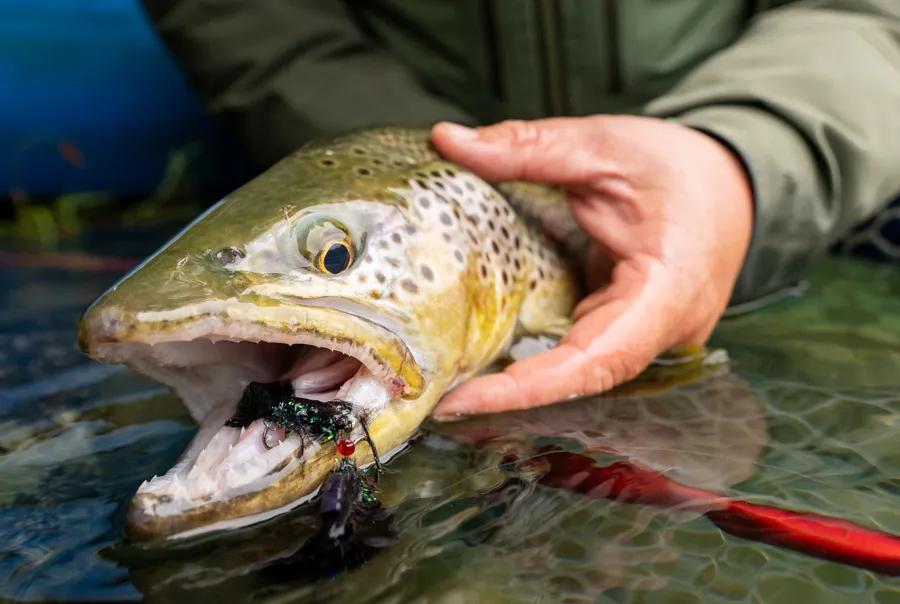
The most successful recipe to catch big trout--trout over 20 inches--contains equal parts patience, persistence, and skill, yet is best garnished with a dash of luck. Trophy-sized trout swim in many trout rivers across the world, but Montana has a very good argument for the home of the highest concentration of easily accessible big trout water in the world. Whether you are fishing with a Montana fly fishing guide on the well-known Madison or Missouri Rivers or going at it alone on a Do-It-Yourself bull trout adventure in the wilderness, choosing the right fly when fishing Montana's best trout waters is a crucial decision if you want to catch a large trout. When asked which flies consistently catch the largest trout, most Montana fly fishing guides immediately respond with "streamers."
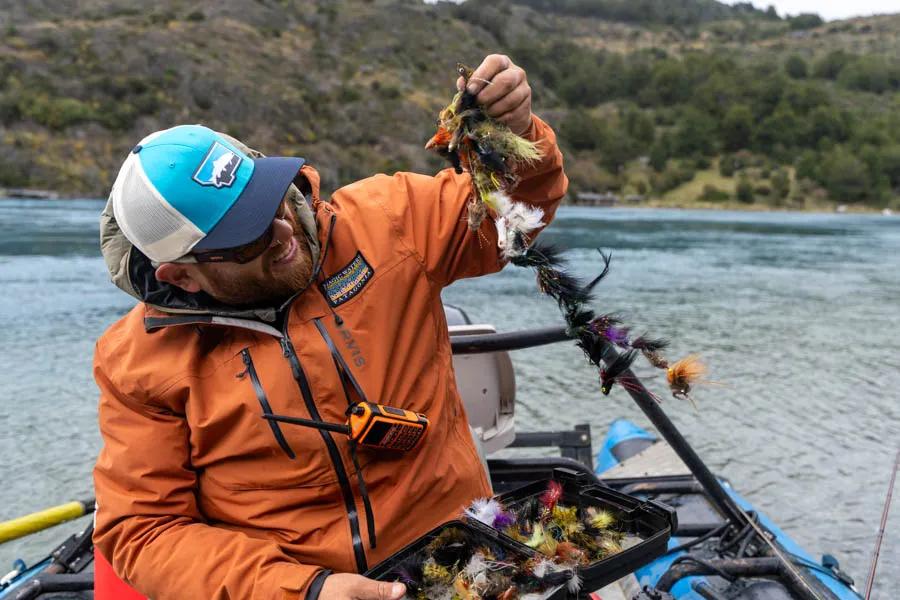
But, do streamers really catch the biggest fish? Experienced guides say "Absolutely." Even more experienced guides say, "Most likely." Let's dive into this further.
First, look at the primary food source in the river. On a tailwater river like the Missouri River, even with nearly 6,000 fish per mile the main source of food on the Missouri are small aquatic insects such as midges, mayflies, and caddis. There are several species of baitfish in the Missouri and large trout do eat baitfish there, but day-in and day-out more big fish are caught on the Missouri River with small flies than big streamers.
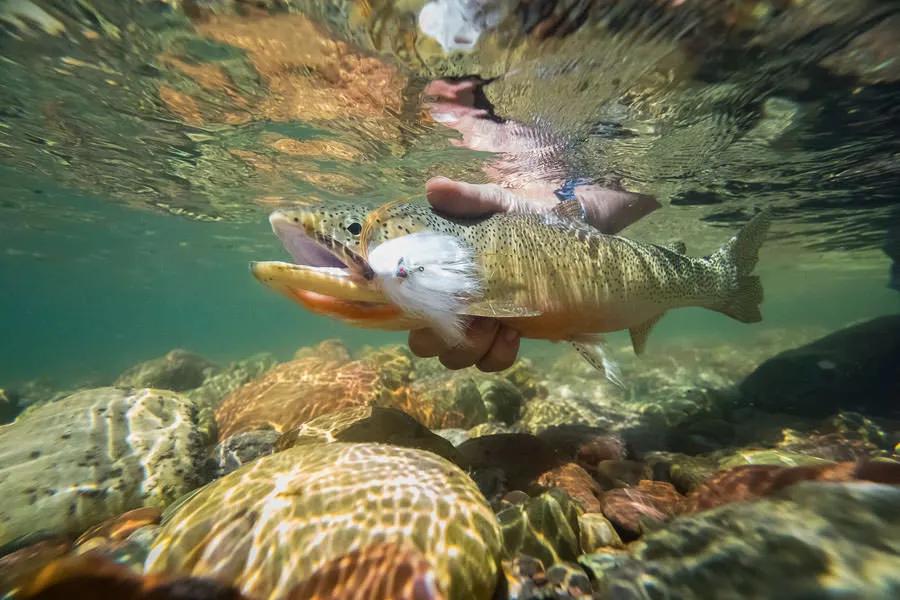
Counter to the Missouri, a freestone river like the Yellowstone River has plenty of aquatic insects and available food, but because it is a freestone river and has a greater variance of seasonal streamflows, aquatic insect life is smaller in scale. This means that large trout, to sustain and continue to grow, must become very predacious. It is not that freestones like the Yellowstone and Smith Rivers lack abundant aquatic insect life, they just don’t have the massive amount of aquatic insects like a spring creek or tailwater. Thus, to continue to live, big trout on these rivers must eat large meals…and those large meals are often other fish or other large aquatic invertebrates like crayfish or very large stonefly nymphs.
Second, consider the primary target species. Montana is home to three native species of trout—bull trout, Westslope cutthroat trout, and Yellowstone cutthroat trout. Non-native trout include rainbow, brown, and a few other species such as brook trout and golden trout.
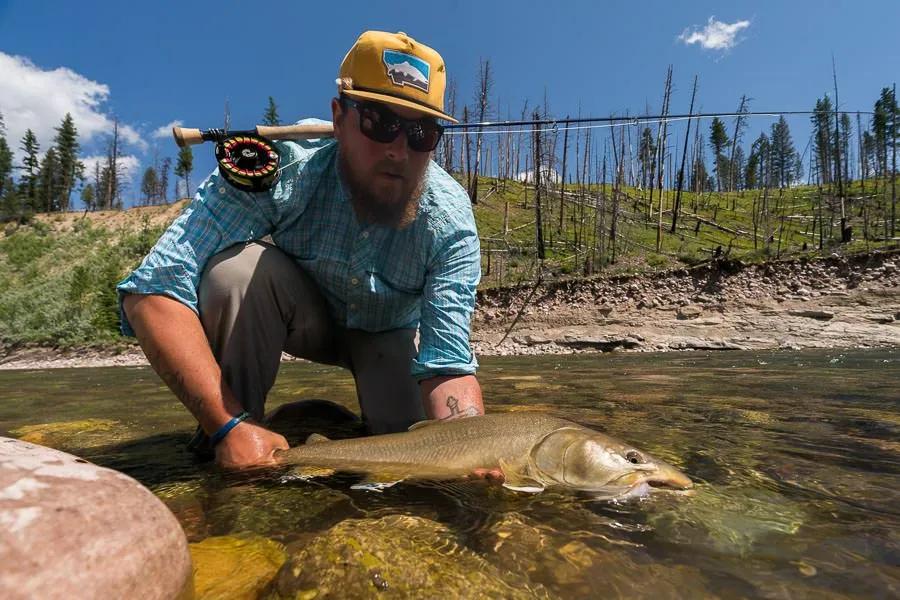
Bull trout are very predatory and often the only way to catch them is by fishing large streamers. However, their range isn’t what it used to be, but adventuresome anglers can still find trophy-sized bull trout on a Bob Marshall Wilderness fly fishing trip. In fact fly fishing for these large bull trout is heavily regulated to protect this unique species. Be sure to read the latest regulations if you plan to go fly fishing for bull trout.
Brown trout’s reputation as a predator precedes itself and in rivers with large populations of brown trout—the Madison River is a good example—where there are brown trout and there is ample food, it is likely there are also large brown trout. The Madison River is unique because while it has abundant hatches it also is home to high numbers of sculpins and crayfish, which are best imitated by…you guessed it…large streamers.
Rainbow, cutthroat, brook, and golden trout can indeed grow to lengths well over 20-inches, they do not carry the reputation that bull trout or brown trout do when it comes to attacking large flies or growing to great lengths on Montana’s rivers. Large rainbows and cutthroat trout are indeed caught, but they don’t carry as much mystique as a big brown trout.
Therefore, when grading on a curve against other trout species, to take advantage of the predatory nature of a brown or bull trout, be sure to fish large flies.
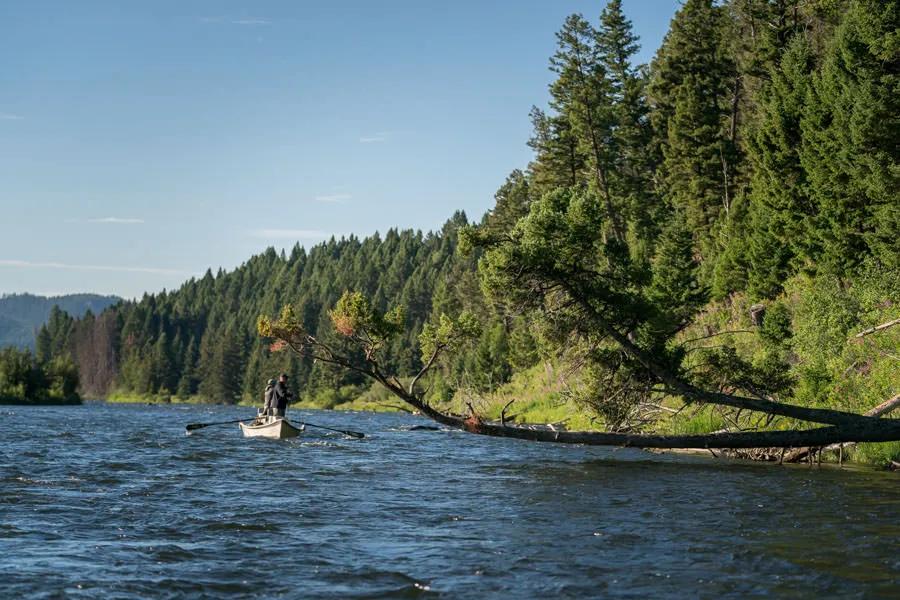
Lastly, consider the habitat of the river. Montana’s Smith River is known as one of the most unique overnight-night river camping and fishing trip in the country. The canyons majestic limestone canyon walls also create seemingly endless deep holes, undercut cliff banks, and long deep runs…all are ideal habitat for large trout. Pair that with the Smith River’s large populations of crayfish and sculpins, the Smith River’s reputation as a large brown trout river is backed up nearly every year.
The Yellowstone River is another river with ideal large trout habitat. With deep runs and miles of steep banks with a variety of underlying structure, dedicated big-trout anglers often choose the Yellowstone River on their dance card before any other Montana river. While the Yellowstone River may not be known as a river for quantity, year-in and year-out southwest Montana’s largest trout come out of the Yellowstone River and they “most likely” are caught on a streamer.
Fly fishing for large trout takes some dedication. But by choosing a target species or selecting a river known to harbor large trout, you can increase your chances. As for choosing the right fly, picking one of the best streamers for big trout may “absolutely, most likely” give you a better shot at landing a trophy.
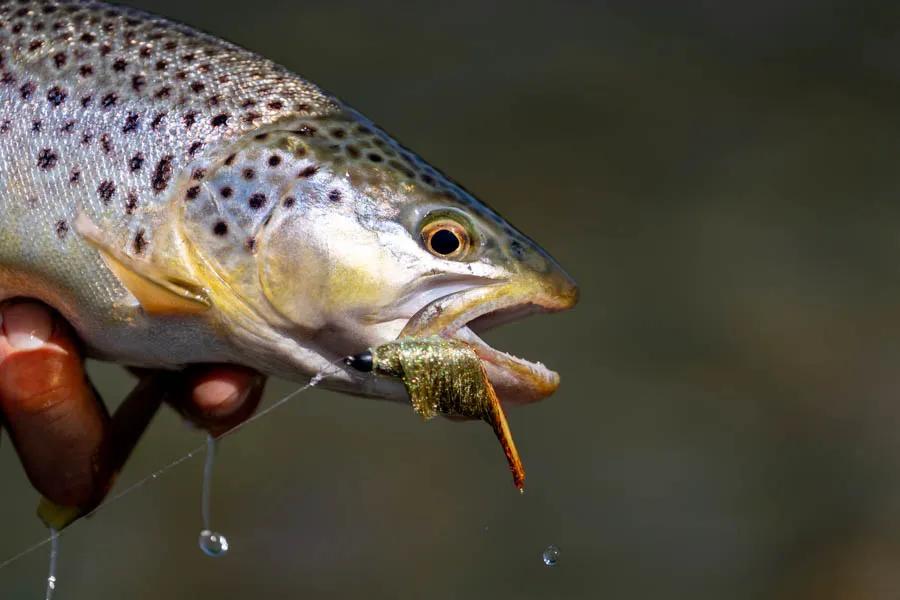
When planning a fly fishing trip to Montana, if you are serious about chasing larger than average trout you need to stack the deck in your favor. Paying attention to where, when and how you fish can often make the difference between being lucky or consistently finding big fish. Fishing streamers successfully can go along ways to success.
